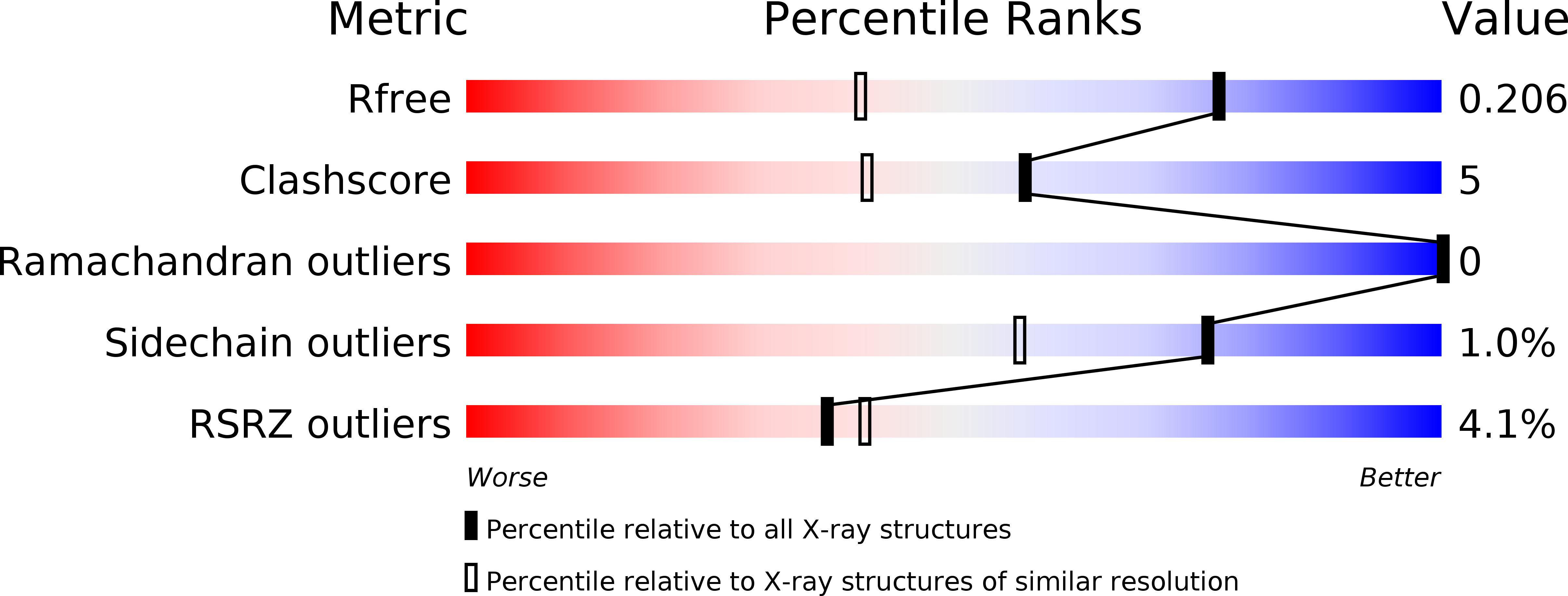
Deposition Date
2012-03-09
Release Date
2012-12-26
Last Version Date
2023-09-13
Entry Detail
PDB ID:
4E3B
Keywords:
Title:
Crystal structure of Tax-Interacting Protein-1 (TIP-1) PDZ domain bound to iCAL36-L (ANSRWPTSIL) peptide
Biological Source:
Source Organism:
Homo sapiens (Taxon ID: 9606)
Host Organism:
Method Details:
Experimental Method:
Resolution:
1.50 Å
R-Value Free:
0.21
R-Value Work:
0.18
R-Value Observed:
0.18
Space Group:
P 1


